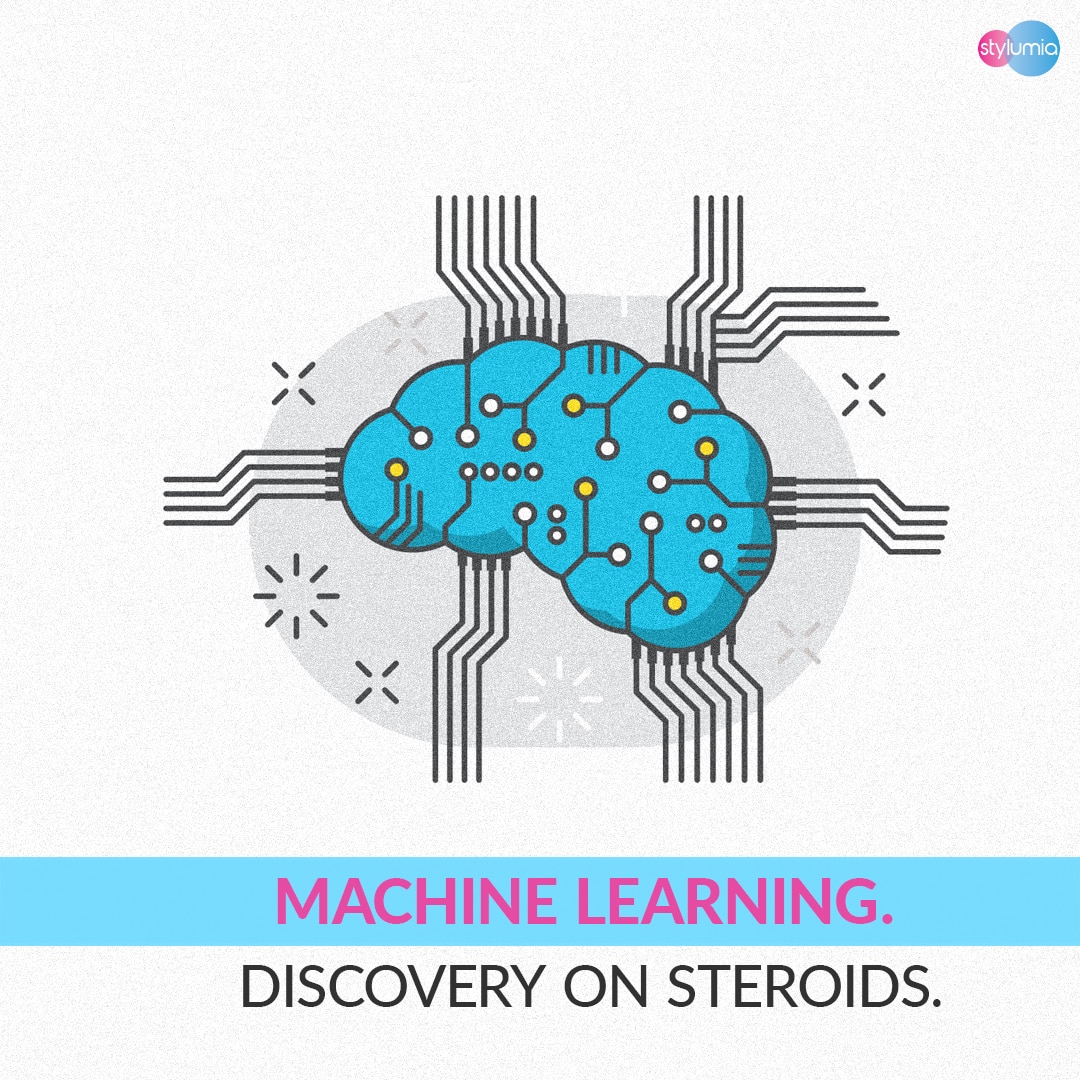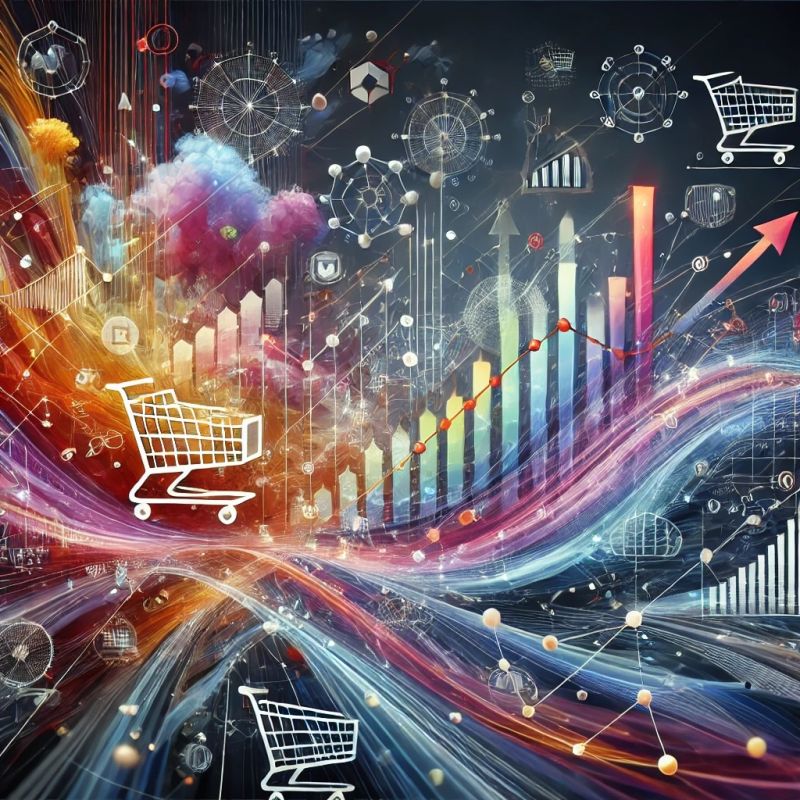Put Your Discovery On Steroids: Understanding Machine Learning


Walking by the side of the famous Berlin Wall, I was reminded of the walls we create for ourselves and the barriers which limit our freedom. In this edit, we provide one of the best resources to break any barrier that we all may have with respect to machine learning which is fundamental to Artificial Intelligence.
Having come across many books and articles on the subject of machine learning and Artificial Intelligence, I must say this is the best one so far on what ML (machine learning) is all about in a way anyone can understand. Anything when not explained simply shows the lack of proficiency of the author on the subject. This book by far makes it as simple as possible (one can ignore some mathematical references of course)

This has been one of the best 2 books Bill Gates recommends to understand machine learning and AI. You can buy the book here.
I would like to touch upon few key aspects from the book which can be a doorway to understanding.
Algorithms vs Machine Learning
Every algorithm has an input and an output: the data goes into the computer, the algorithm does what it will with it and outcomes the result.
Machine Learning turns this around.
In goes the data and the desired result, and out comes the algorithm that turns one into another.
Learning algorithms, also known as learners are algorithms that make other algorithms. With machine learning, computers make their own programs, so that we do not have to.
Wow!
Computers can learn programs that people can not write. One can not write a program to identify an object, image or handwriting for example. Given a good amount of data, computers can learn. This is where traditional programming, analytics stops. In fact, the traditional programmers need to be worried as now computers start to write programs themselves. What is needed is a new set of skills that are required to write learning models than traditional coding/programming.
The power of machine learning can be better explained by a low tech analogy. Farming vs Industrial Production. The illustration below is self-explanatory.

Why businesses embrace machine learning?
As companies grow, they go through three phases. First, they do everything manually: The owners of the mom and pop stores personally know their customers, and they order, display and recommend items accordingly. This is nice but it does not scale. In the second and the least happy phase, the company grows large enough that it needs to use computers. In comes the programmers, consultants, database managers and millions of lines of code (or tools) that automates what can be automated. Many more people are served but not as well: decisions are made on coarse demographic categories, attribute categories and computer programs are too rigid to match humans’ infinite versatility.
Companies can now turn to machine learning. It is now agnostic of the size of the organisation, as enough data is available in the public domain, enabling even the smallest of companies to get their machine intelligence.
Learning Algorithms are the new match makers?
Every business is trying to make a match of products to a set of consumers. Effectively we are all in the business of matchmaking.
Learning algorithms are now the best matchmakers for finding the right product to the right consumers, the right product to a large segment of consumers cutting through the information overload. With smart learning algorithms, you get the best of both worlds. Low cost of large scale and the personalised touch of the small.
Machine Learning is Discovery on Steroids
Machine learning is the scientific method on steroids. It follows the same process of generating, testing or discarding or refining hypotheses. While a scientist may spend his or her whole life coming up with and testing a few hundred hypotheses, a machine learning system can do the same in a fraction of a second. Machine learning automates discovery. No wonder it is revolutionising science as much as business.
What’s at stake?
Nothing gives a better understanding than our own experience.
Suppose you have been diagnosed with cancer and the traditional treatments – surgery, chemotherapy and radiation therapy- have failed. What happens next will determine whether you live or die. The first step is to get the tumour’s genome sequenced. Companies like foundation medicine in Cambridge, Massachusetts, will do that for you: send them a sample and they will send you back a list of the known cancer-related mutations in its genome. This is needed because every cancer is different and no single drug is likely to work for all. No doctor can keep track of all the information needed to predict the best treatment for you, given your medical history and cancer’s genome. It is an ideal job for machine learning.
Given the context of life at stake, and possibilities, we will most probably resort to machine learning over a doctor’s advice. This is true in every business too. Our consumers are recipients of the formulations (decisions) we all make. While there is no life at stake, there is definitely too much going on in even the smallest of businesses for us to understand deeply what is required as a prescription. No wonder businesses world over irrespective of size are now embracing machine learning to be better always at match-making.



